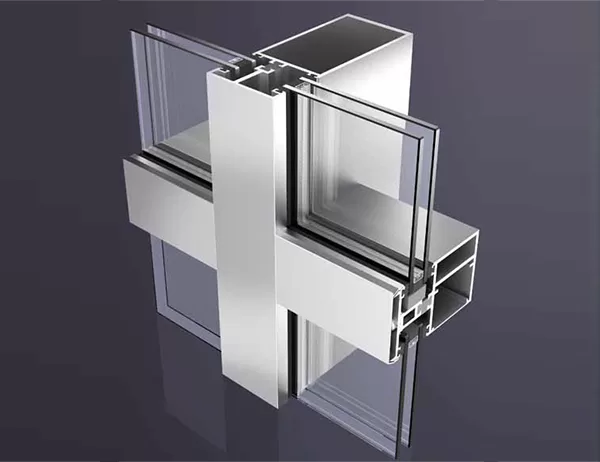In the realm of electronics, heat dissipation is paramount for ensuring optimal performance and longevity. Aluminum heat sinks play a crucial role in this process by effectively transferring heat away from critical components, enabling them to operate at cooler temperatures. To select the best aluminum heat sink for your electronics, it is essential to consider several key factors:
Material
Aluminum is commonly used for heat sinks due to its excellent thermal conductivity, light weight, and corrosion resistance. However, not all aluminum alloys are created equal. Look for alloys with higher thermal conductivity, such as 6061 or 6063, which efficiently conduct heat from the heat source.
Fin Design
The fin design of the heat sink plays a significant role in its cooling performance. Heat sinks with larger fins or more fins per unit area provide increased surface area for heat dissipation. Consider the orientation of the fins as well; vertical fins are more effective in natural convection environments, while horizontal fins are better suited for forced air cooling.
Surface Treatment
Surface treatment can enhance the heat transfer capabilities of the heat sink. Anodizing or powder coating the surface creates a protective layer that improves thermal conductivity and prevents corrosion. Additionally, black anodized heat sinks absorb more heat radiation, further enhancing cooling efficiency.
Mounting Method
The mounting method determines how the heat sink is attached to the heat-generating component. Common mounting methods include clips, screws, and thermal adhesives. Choose a mounting method that ensures secure attachment and minimizes thermal resistance between the heat sink and the component.
Thermal Resistance
Thermal resistance is a measure of how well the heat sink conducts heat from the component to the surroundings. The lower the thermal resistance, the better the heat sink performs. Look for heat sinks with low thermal resistance values to achieve optimal cooling performance.
Size and Weight
Consider the physical constraints of your application when selecting the heat sink. Ensure that the heat sink is large enough to accommodate the heat load while fitting within the available space. Also, pay attention to the weight of the heat sink, especially if it is intended for portable or space-constrained devices.
Compatibility
Verify that the heat sink is compatible with the heat-generating component in terms of dimensions, mounting points, and surface flatness. Ensure that the heat sink fits snugly to minimize thermal resistance and maximize cooling efficiency.




